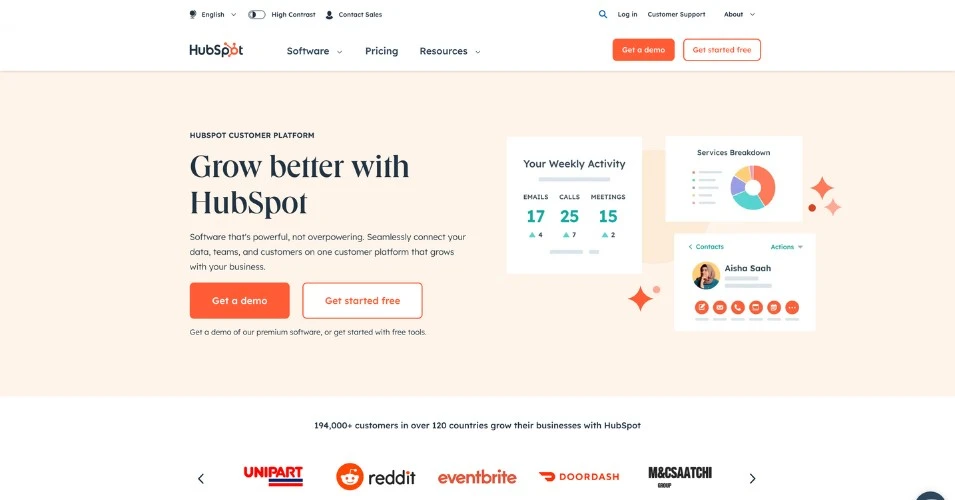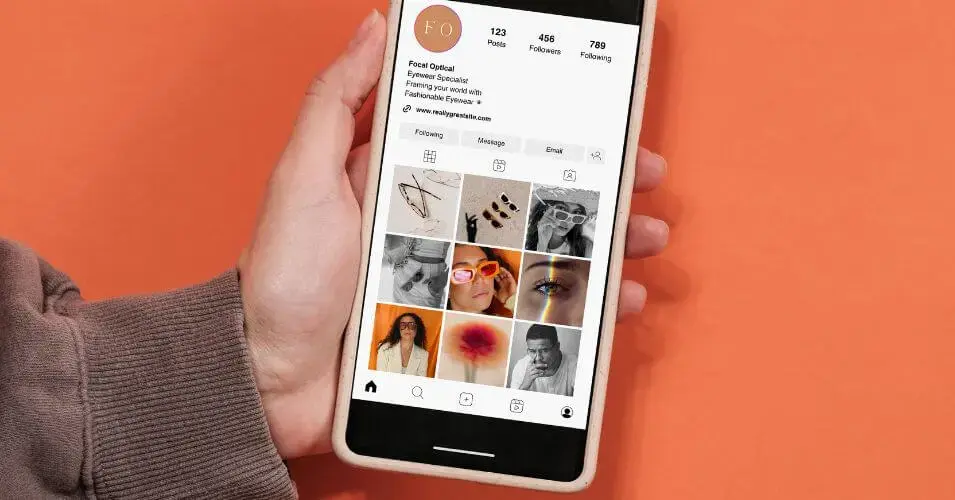Cognitive Biases Used in Marketing - Understanding the Basics
Whether we realize it or not, subtle psychological nudges influence our decisions every day. Marketers have become increasingly skilled at tapping into the inner workings of the human mind to boost sales, engagement, and customer loyalty. Cognitive biases offer a fascinating window into these inner workings, revealing the subconscious shortcuts our brains take when interpreting information and making choices.
In this blog post, we'll take a deep dive into how marketers leverage cognitive biases to shape consumer behavior. We'll cover what cognitive biases are, explore some basic examples, and offer actionable strategies for ethically weaving them into your marketing campaigns.
What Are Cognitive Biases?
Simply put, cognitive biases are systematic errors in judgment that occur as our brains try to simplify and quickly process the vast amounts of information we take in each day. In other words, they are mental shortcuts that help us rapidly make decisions.
Unfortunately, while these shortcuts are necessary for us to function, they sometimes lead us to faulty conclusions. While there are hundreds of different cognitive biases, here are some that every marketer should know.
- The Mere Exposure Effect: People are more likely to favor or prefer things simply because they are familiar with them.
- Anchoring Bias: People tend to rely too heavily on the first piece of information offered (the "anchor") when making decisions.
- The Decoy Effect: People change their preferences between options when a third, clearly less attractive option is presented.
- Bandwagon Effect: People tend to follow the lead of others, believing that what the majority is doing must be correct - especially when there is a high degree of uncertainty.
- Scarcity Principle: People assign greater value to things they perceive as limited or scarce.
- Loss Aversion: People are more motivated to avoid losses than to gain equivalent rewards.
How Marketers Leverage Cognitive Biases
Let's look at some specific techniques marketers use to tap into these psychological triggers:
The Mere Exposure Effect: Increase Brand Visibility
The mere exposure effect explains why repetitive advertising can be effective. By consistently showcasing your brand through multiple channels (ads, social media, content, etc.), you build familiarity and a sense of trust which leads to better conversion rates on your website and amongst your other ads.
A few ways that marketers can use this to their advantage include:
- Use frequent, targeted ads to increase brand awareness - use subtle variations to avoid fatigue.
- Be consistent with branding to establish familiarity and company recognition.
- Utilize retargeting campaigns to reinforce these elements.
Anchoring Bias: Set a Premium Price Point to Discount
Anchoring bias influences how we perceive value. By establishing a higher price point first, you can make subsequent discount prices seem more attractive.

A few ways marketers can use this to their advantage include:
- Display and advertise premium price points for your product.
- Discount strategically to make consumers feel like they're "getting a deal"
- Highlight the deal through display and language - show the original price, crossed out next to the sales price or the amount they are saving (e.g. Save $100 or 50% off).
In my experience, one thing to note here is the original price has to be credible to maximize the effect of anchoring bias. In other words, if your entire website is "On Sale" or the item is always discounted then the overall impact it has will be diminished.
The Decoy Effect: Add a Third Choice
The decoy effect is a phenomenon in marketing where introducing a third, unattractive option (the decoy) influences people's preference between two original choices. The decoy itself isn't necessarily meant to be chosen, but rather to make one of the original options seem more appealing in comparison.

A few ways marketers can use this to their advantage include:
- Offer a "decoy" product tier that is clearly inferior to the tier you want the customer to choose (the target).
- Price strategically with your decoy tier close to your target option but clearly inferior in value - this creates the perception that the target option is a "good value".
- Highlight comparisons between tiers (using tables or displays) so it is easy to compare and differentiate value.
As strange as this effect sounds, it can be a powerful tool toward pushing consumers to your higher margin or higher value products.
Bandwagon Effect: Highlight Social Proof
People look to others for guidance - especially if a product is in a relatively new category or is difficult to understand (e.g. highly technical products). This is where social proof can provide reassurance and create a "herd mentality" that helps consumers feel safe in choosing your company/product.
A few ways marketers can use this to their advantage include:
- Get Third Party Validation - feature compelling customer testimonials and case studies.
- Highlight and Promote - share social media posts with positive user-generated content.
- Display Proof - use trust badges, awards, or certifications on your website.

Scarcity Principle: Create Urgency
Limited-time offers, exclusive deals, and "low in stock" alerts tap into our innate fear of missing out (FOMO). This is the scarcity principle at work and it can be a great way to kick people's butt into gear and get them to take action.
Here are a few ways to put the scarcity principle to work on your website:
- Use countdown timers to emphasize limited availability.
- Promote limited-edition products or bonuses.
- Highlight exclusivity in your messaging ("Members only", "Get early access").
Similar to the anchoring bias, in my experience you want to use this effect strategically. Overusing scarcity can diminish the overall impact and credibility your brand has which will make future campaigns less effective.
Loss Aversion: Emphasize Potential Loss
"Losses loom larger than gains". In other words, highlighting what consumers might miss out on can be more persuasive than focusing solely on what they get from the product.
A few ways to put this to work in your marketing include:
- Utilize Free Trials as cancelling after the free trial period can feel like a loss.
- Offer Money Back Guarantees as returning a product can feel like giving something up.
Any tactic that can get a potential buyer to form a temporary kind of ownership can be used to take advantage of loss aversion as the possibility of losing that experience by not buying can be a motivating factor.
Important Considerations Before Using Cognitive Biases
While cognitive biases offer powerful tools for marketers, it's crucial to use them responsibly. Here are a few things to keep in mind:
- The Ethical Debate: Some argue that using cognitive biases is manipulative and exploits consumers. It's critical to maintain transparency and honesty, always ensuring that you're providing genuine value to your audience.
- Avoid Deception: Using cognitive biases should be about presenting your products in the best light - not misleading or deceiving them. Transparent and authentic tactics create long-term brand loyalty.
- Balance with Rationality: Don't entirely rely on cognitive biases. Provide clear information and benefits to empower customers to make informed decisions alongside the psychological nudge.
Real-World Examples of Cognitive Biases in Marketing
To fully grasp how cognitive biases work in practice, consider these familiar examples:
- Subscription Services: Free trials tap into loss aversion. Once consumers enjoy the benefits, canceling feels like losing access to something valuable.
- Flash Sales: Countdown timers and "limited-time" messaging create a sense of urgency, amplifying the scarcity principle.
- Reviews and Ratings: Websites like Amazon highlight star ratings and customer reviews, leveraging the power of social proof to build trust and reduce perceived risk.
- Car Test Drives: Once a potential buyer gets behind the wheel and experiences a car, they've formed a type of temporary ownership. The possibility of losing that experience by not buying the car can be a motivating factor.
While there are many more examples, these are just a few of some familiar examples that highlight real world examples of cognitive biases being used in marketing.
Incorporating Cognitive Biases into Your Marketing
Now that you grasp the power of cognitive biases, here's how to integrate them into your marketing campaigns:
- Thorough Understanding: Research and deeply understand the cognitive biases that are most relevant to your target audience and industry.
- Emphasize Customer Benefit: Frame your offers in a way that highlights the benefits customers will gain in. addition to what they will miss out on.
- Subtlety is Key: Use cognitive biases as gentle nudges, not forceful manipulations. Aim to influence decisions while respecting consumer autonomy.
- Test and Measure: Track the impact of incorporating cognitive biases into your marketing strategies. Analyze results and iterate to optimize your approach.
Final Thoughts
Mastering cognitive biases and their application is a potent weapon in any marketer's arsenal. By understanding the psychological inclinations of your audience, you can craft campaigns that truly resonate and convert.
However, always wield this power with responsibility. Focusing on authentic value, transparent tactics, and customer benefit fosters lasting brand loyalty and ensures ethical marketing success.
Ready to elevate your marketing campaigns? Let's discuss your small business or startup digital marketing today!




